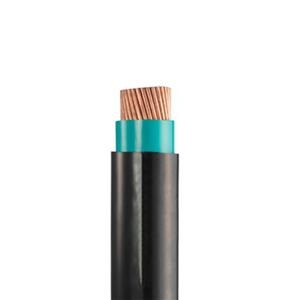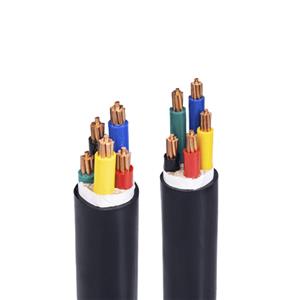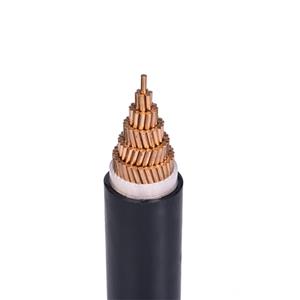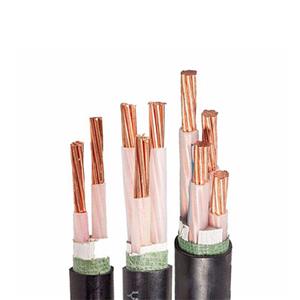How to choose the household wires
Some time ago, a fire news made people sad. After investigation, it was found that the culprit was the inferior wires used in the decoration. The copper core of these wires has many impurities and high resistance. They generate too much heat in the daily use of electricity, which eventually caused the fire. This incident tells us that the selection of home decoration wires must not be ignored! It is the first line of defense for home electricity safety. Once the wrong choice is made, there will be endless troubles. Now let the wire and cable manufacturers introduce to you how to choose household wires, so that everyone can build a solid safety bottom wire for their homes.
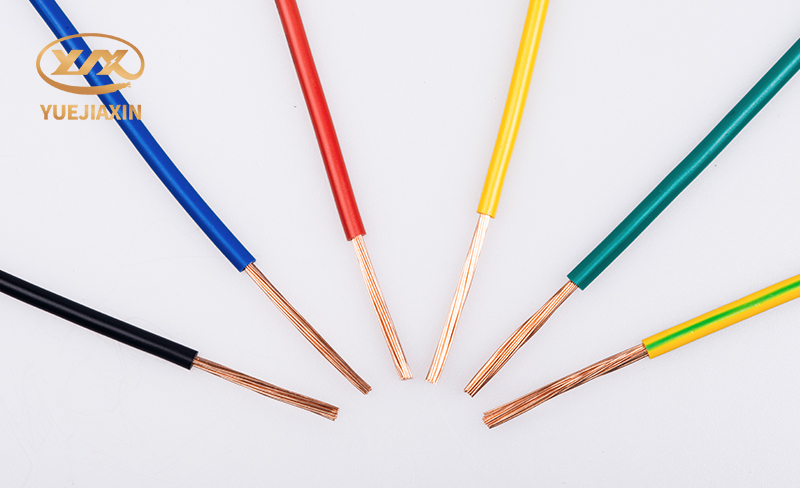
There are so many types of wires on the market that it's dizzying. Common ones are H07V-U and H05VV-F, each of which has different characteristics and applicable scenarios. First of all, the most commonly used H07V-U, the full name of which is copper core polyvinyl chloride insulated cloth wire, is one of the most common household wires. It is generally not sheathed and consists of a single hard copper conductor and a PVC insulation layer. It is also called "hard wire". Moreover, it has a long service life, and the single-core structure is not prone to local short circuits and damage. H05VV-F is also a common household wire. The full name is copper core polyvinyl chloride insulated polyvinyl chloride sheathed soft wire, also called soft sheathed wire. It is composed of 2, 3, 4 or 5 RV wires sheathed together, which is very soft. It is like a "jack of all trades" among wires. The outer PVC sheath can not only protect the inner sheath of the cable from mechanical damage and chemical corrosion, but also enhance the mechanical strength of the cable. It is mainly used in flexible places of use such as medium and light mobile appliances, instruments and meters, household appliances, power lighting, etc. It can be used for power lines of mobile equipment such as vacuum cleaners and power tools, or for temporary line laying. It can also transmit control signals and power signals, and is suitable for laying in bridges and hoses.
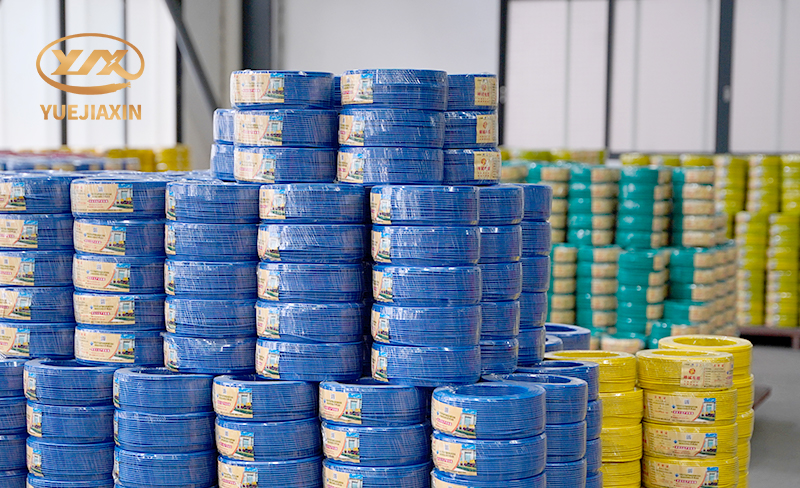
After understanding the types of wires, the next step is to select them. First of all, we need to look at the conductor. The common wire conductor materials on the market are mainly copper and aluminum. Copper core wire has low resistivity, strong conductivity, can efficiently transmit electrical energy, and has better stability and safety; although aluminum core wire is relatively cheap and light, its resistivity is much higher than that of copper core wire, and its conductivity is poor. In the long-term use process, it is easy to cause safety hazards due to heat, and the joints are more prone to oxidation, resulting in poor contact. Therefore, for the safety of household electricity use, it is recommended to give priority to copper core wire.
The insulation layer is an important barrier to protect the wires and our electrical safety. Its quality is directly related to the safety and service life of the wires. We can gently touch the insulation layer of the wire with our hands. The surface of the high-quality insulation layer is smooth and flat, without granularity or uneven places, which shows that its manufacturing process is excellent; then press the insulation layer gently with your fingernails. If you feel a certain hardness and elasticity, and there is no obvious mark left after pressing, it means that the thickness of the insulation layer meets the standard and can effectively protect the conductor.
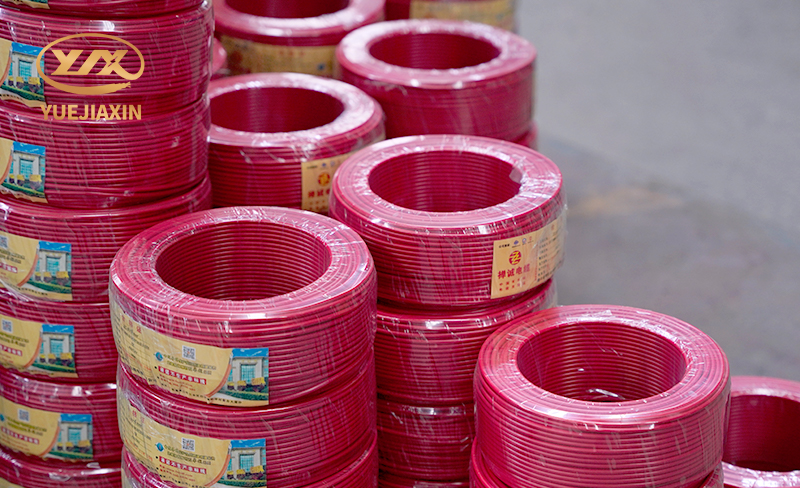
The selection of household wires is a major issue related to the safety of household electricity use, and it must not be taken lightly. When selecting, you must first determine the appropriate type and specifications of wires based on the electricity demand of different spaces. For example, the power and frequency of electrical appliances in living rooms, bedrooms, kitchens, bathrooms and other spaces are different, and the required wire specifications are also different. At the same time, the quality of wires should be judged from multiple dimensions such as conductors, insulation layers, certification marks, size and weight. Copper core wires should be given priority, and the feel, flexibility and flame retardancy of the insulation layer should be carefully checked. The certification mark and clear and complete product logos should be identified. The wires should be identified by measuring length, wire diameter and weighing to determine whether there is any cutting of corners.

